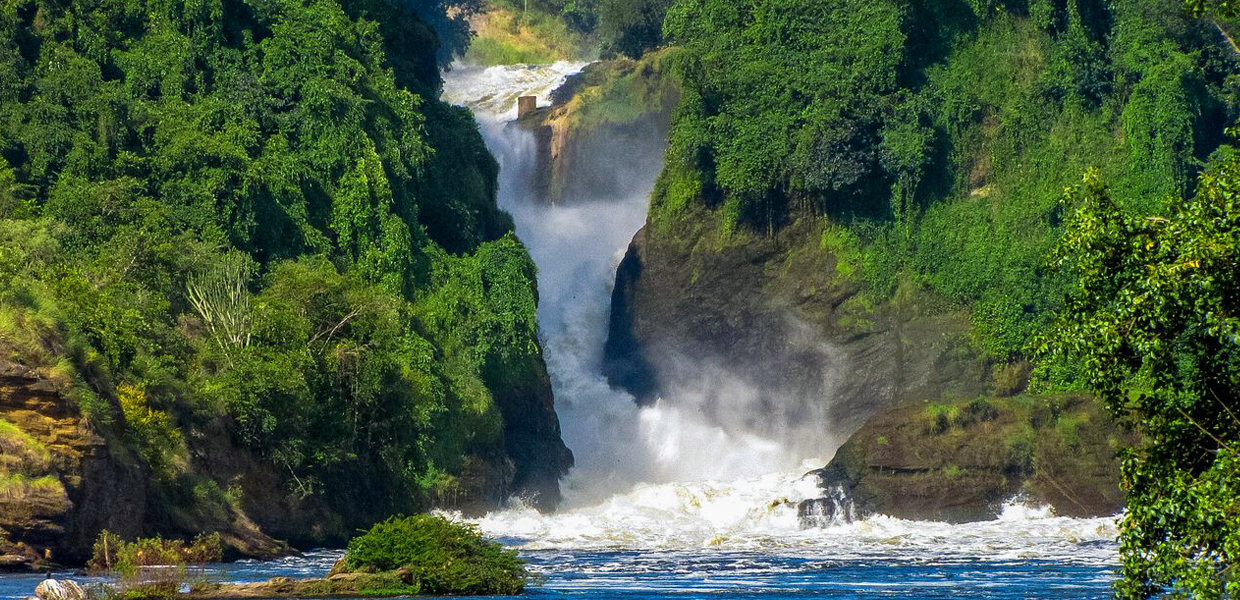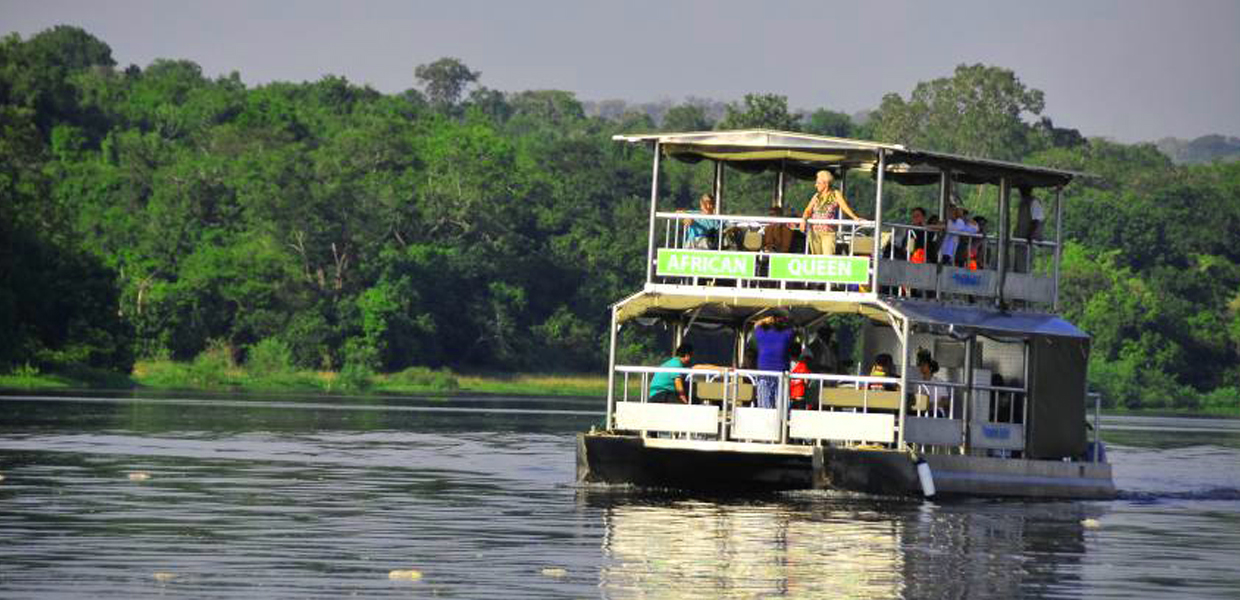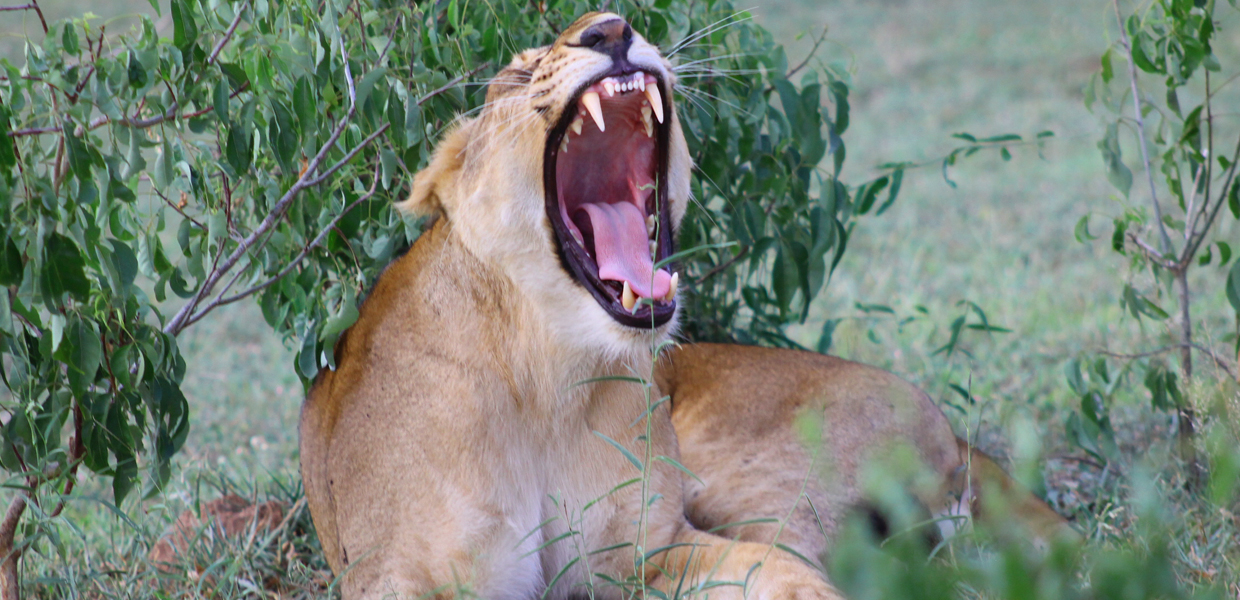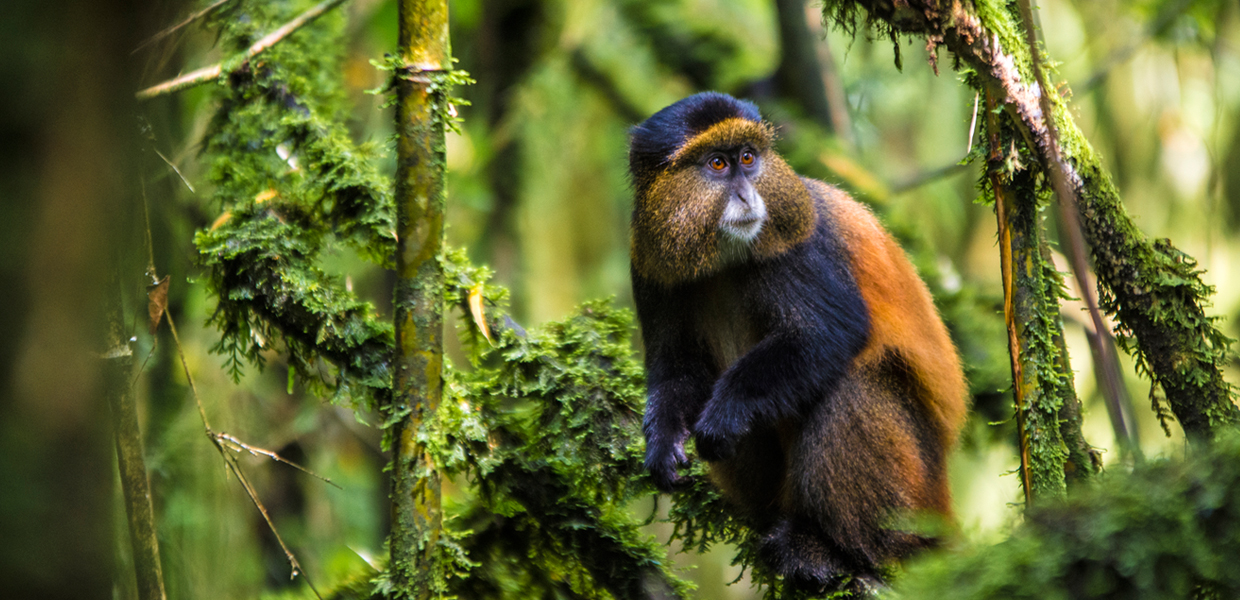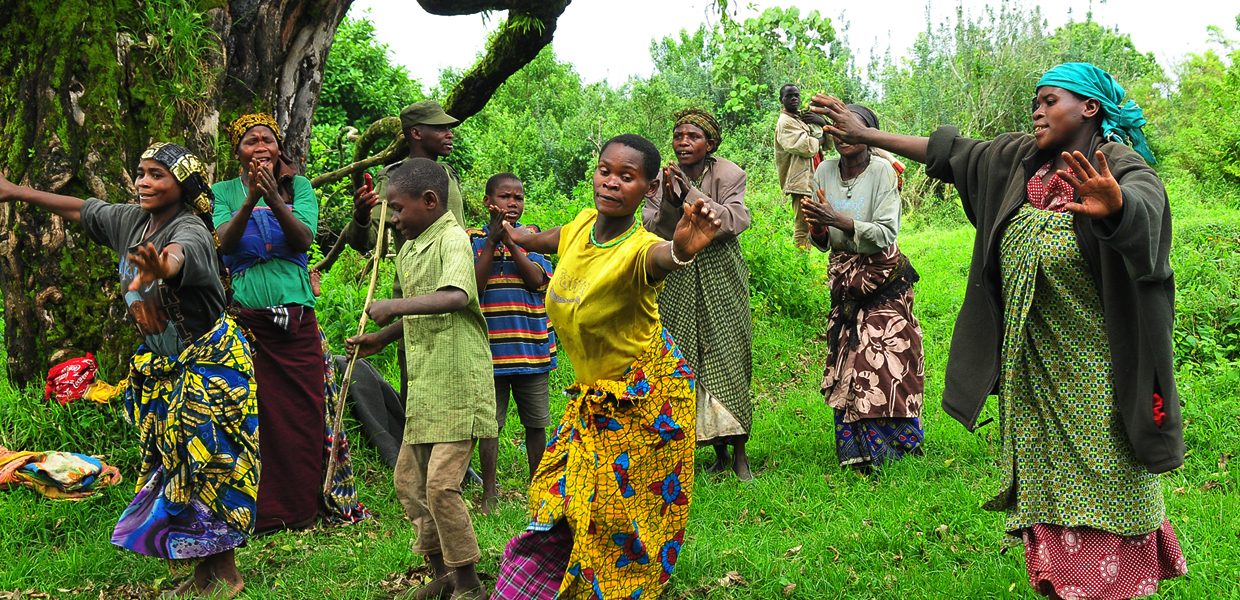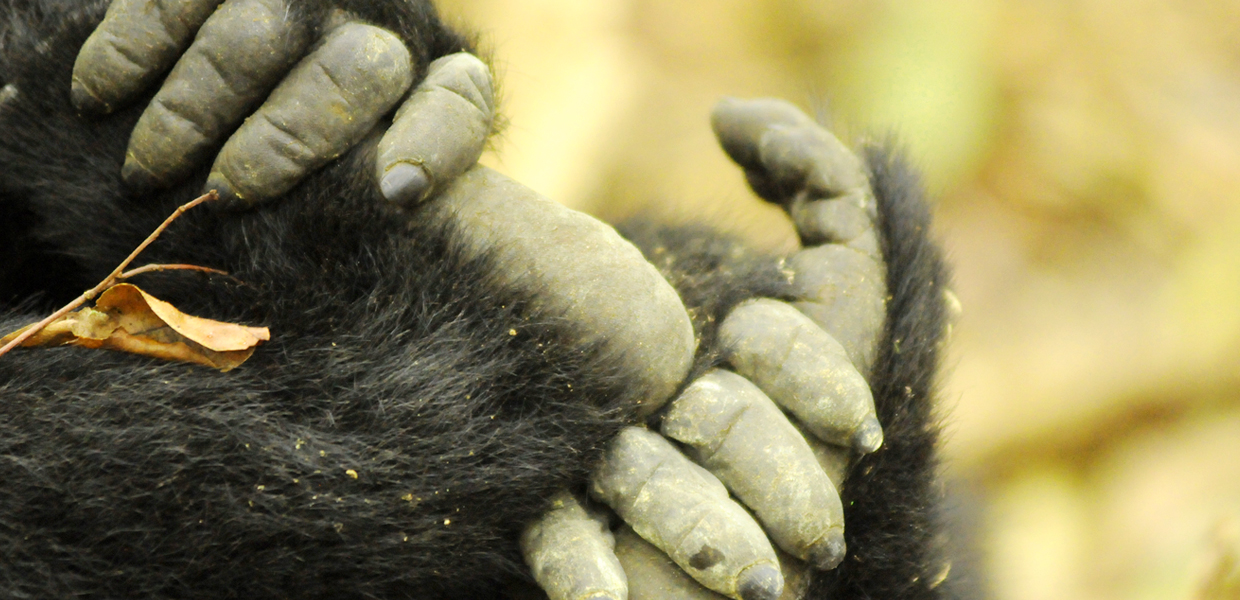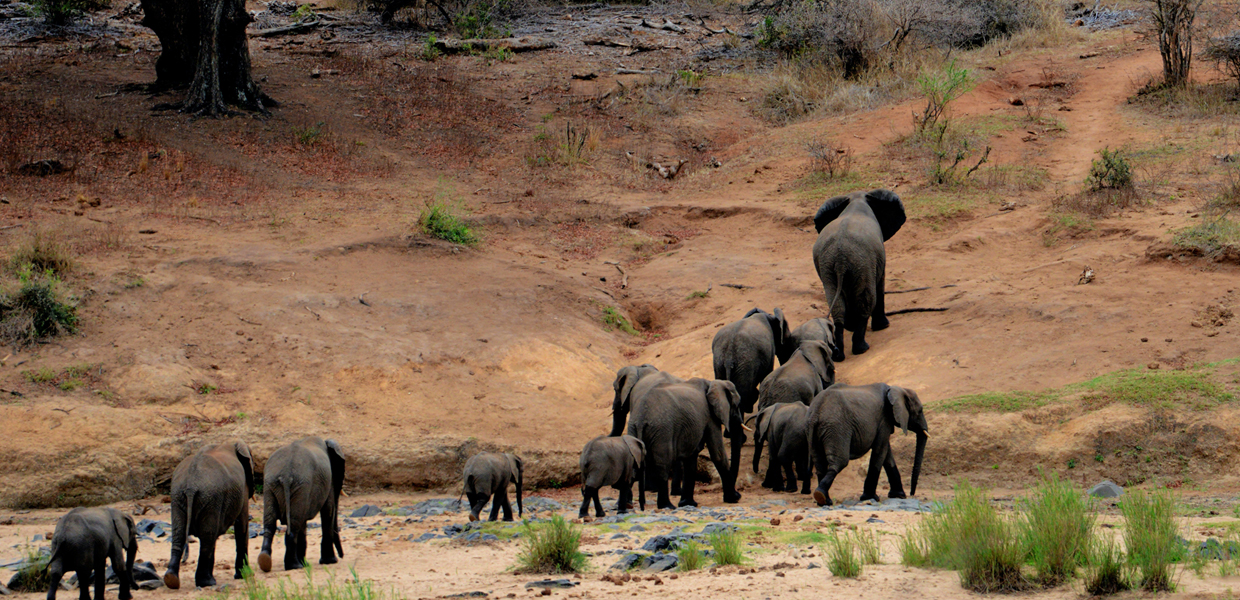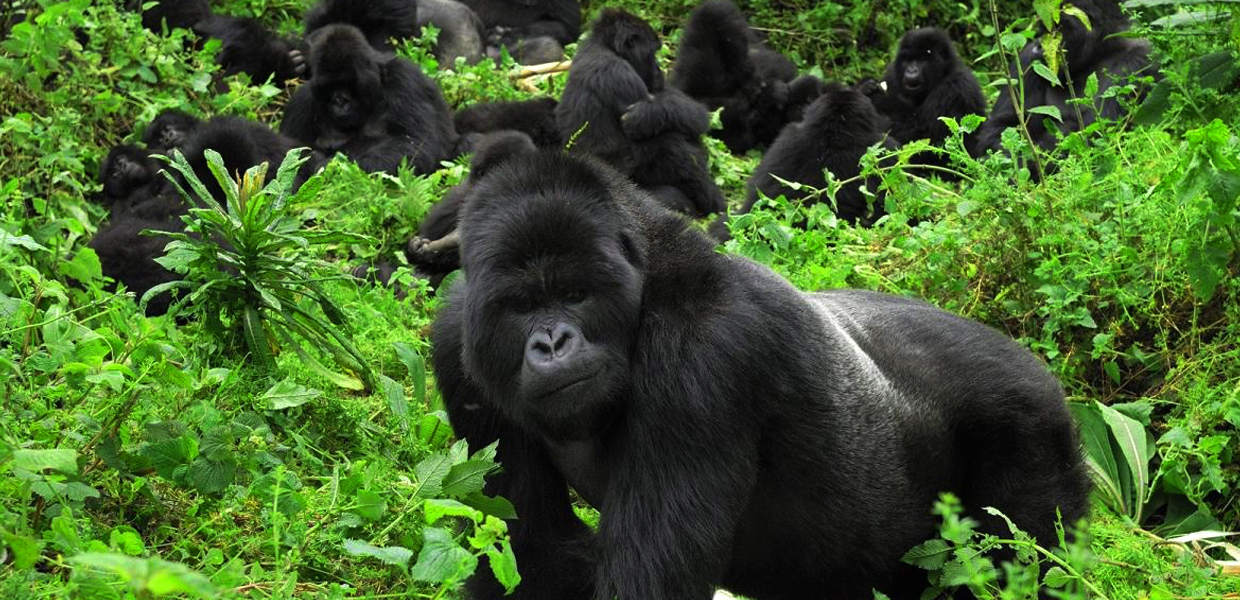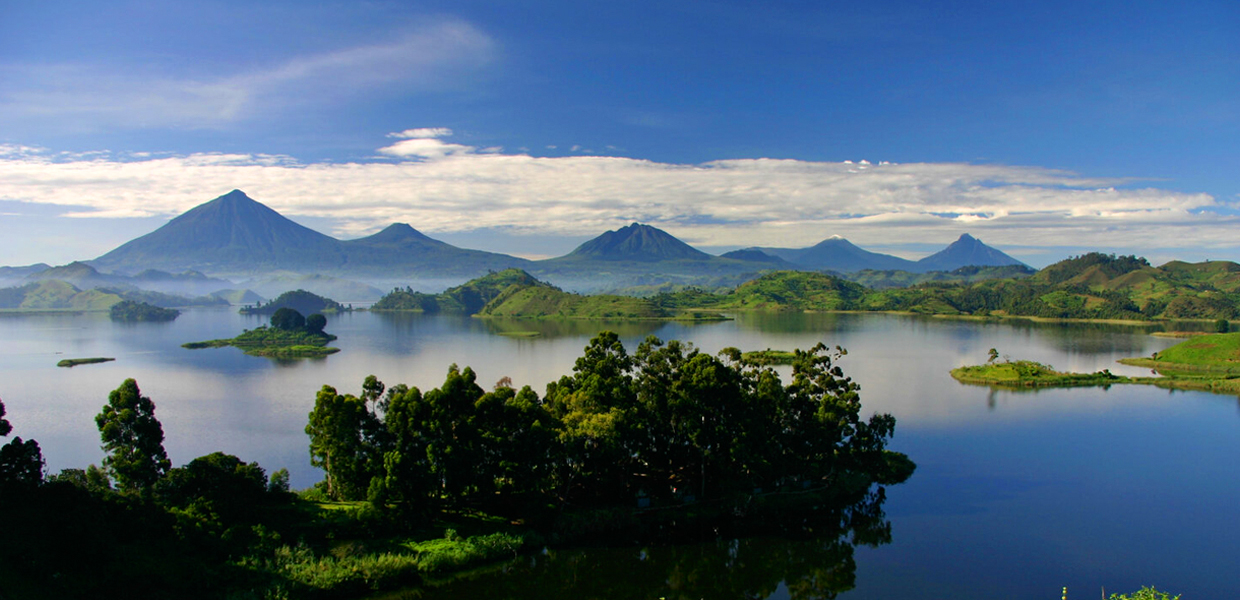Are you thinking of turning your once in a lifetime dream of visiting Uganda, the Pearl of Africa into a reality? Lucky for you because Ibuth Safaris is here to tailor-make your safari to your personal interest. One of the destinations where our safaris are provided is Uganda and this article will bring you the important information you need to know about Uganda-its location, size, history, best time to visit, top destinations, languages, currencies, and many others.
Getting to and Around Uganda
Entebbe International Airport is the main gateway for International flights into Uganda but there are also a number of land borders. There are a number of ways of getting around Uganda and these depend on your budget and location.
Domestic flights are available from Entebbe International Airport or Kajjansi Airstrip to different parts of the country, although public means especially busses also operate in different routes-East, West, North and south. Boda Bodas are usually used for short distance travels.
Best of Uganda's Experiences
Best Lodges, Camps, Resorts and Hotels in Uganda
More About Uganda
Uganda, a beautiful country known as the Pearl of Africa is one of the land-locked countries on Earth, lying in the East African region, with its borders shard by the Democratic Republic of Congo in the west, South Sudan in the North, Kenya in the East, Tanzania in the East as well as Rwanda in the south-west. Uganda, Capital is Kampala, located in the Central part and is also fringed by the beautiful Lake Victoria.
Interestingly, about 15% of Uganda’s 93,065 square mile landscape is covered by water and with its land area, it is the 79th largest country in the entire World.
Uganda’s climate is mainly tropical and with two distinct seasons-Hot and dry that extends between June and September as well as December to February, a wet and rainy season from March to May and October to early December. The average seasonal rainfall varies between 500 millimeters in the north-east and approximately 2000 millimeters in the lush Ssese Islands of Lake Victoria.
Uganda’s time zone is UTC+3 (EAT).
Uganda’s currency unit is the Shilling, which is divided into coins (50, 100, 200, 500 and 1000) as well as Notes (1000, 2000, 5000, 10000, 20000 and 50000) denominations. The exchange rates against the US Dollar ranges between 3780 and 3800 to $1 (at the time of writing, August 2022). Most tourist activities (especially National Park activities) and upmarket accommodation (Safari Lodges and Hotels in urban Centers) are paid in foreign currencies (US Dollars) and for currency exchanges, they are available at Banks, Foreign Exchange Bureaus and Border points.
Religion
Ugandans are 39.3% Roman Catholic, 32% Anglican, 13.7 % Muslim, 11.1% Pentecostal, 1.7% Seventh-day Adventist and 0.7% are for other religions (Buddhists, Hinduism, to mention but a few).
English is the official language and there is presently no national language, although there are plans to adopt Kiswahili as the national language. Considering the fact that Uganda is a multi-ethnic country with over 54 tribes, other languages spoken are Luganda, Alur, Ateso, Rukiga, Acholi, Lugbara, Runyoro, Runyankore, Lango, Japadhola, to mention but a few.
Uganda is one of the multi-ethnic countries in the World with a population of about 48,830,379 people (2022 estimate) hence making it the 35th most populous country in the whole World.
Uganda is home to one of Africa’s most diverse ecosystems and landscapes that will blow your mind during safaris. Located in the heart of East Africa, Uganda is a country of Lakes and Rivers (15% of its landscape is covered by water), Volcanic Mountains and hills, wetlands, dense tropical rainforests, woodlands and savannah plains.
The country’s Continental coordinates are latitude of 1.3733° N, and a longitude of 32.2903° E, and the average altitude is 900 meters above sea level. Majority of the Mountains in Uganda lie within the Rift Valley region and these include three of the eight Virunga Mountains (Muhabura, Sabyinyo and Gahinga), the snow-capped Mountains of the Moon (Rwenzori Mountains range that tower to 5109 meters above sea level.
Between some of these Mountains are spectacular water bodies that include Lakes Edward and George between Rwenzori Mountains range and Virunga Mountains and when you travel far North-East of the country are stunning Volcanic Mountains that include Morungole, Moroto and Kadam that extend up to 2750 meters above sea level and beyond. Part of the Eastern border of Uganda is marked by Mount Elgon, which is shared by Kenya and extends to 4321 meters above sea level.
Uganda is also home to the source of the Nile River, Lake Victoria that covers about 26,828 square miles and this makes it the largest freshwater Lake in Africa and the World’s second largest freshwater Lake by Surface Area.
Prior to the Colonial invasion, Uganda was largely occupied by the nomadic hunter-gatherers who lived between 1700 and 2300 years back. Later the Bantu-speaking people from the West Coast of Africa arrived into Uganda, migrating along the Niger River and decided to occupy the Western and Central parts of the country. They introduced agriculture and even started moving to the southern parts of Uganda.
At the onset of 1894, the region (Uganda) was already under the rule of British Protectorate Government until 9th October 1962 when the country gained Independence. This also came with a lot of repercussions that included violent conflicts like the 8-year dictatorship rule of Idi Amin Dada until 1986 when the current NRM Government took over power and brought back peace and Unity into Uganda.
Uganda is a Natural gem and one of the top safari destinations in Africa with a wide range of exciting things to see and do but our top picks are;
Murchison falls National Park in the north-western side with over 3748 square kilometers to its name. Here, 80 mammal species that include Rothschild giraffes, lions, elephants, Cape buffaloes, warthogs, Topis, Uganda Kobs, Olive baboons, Defassa waterbucks as about 500 bird species are found.
You cant miss out the medley of wonders-Queen Elizabeth National Park with a land area of about 1978 square kilometers, that shelter 96 mammal species that include the tree climbing lions and about 600 bird species. Activities to enjoy include hot air balloon tours, lion tracking, game drives, birding, boat rides. Hippo census, nature walks and so much more.
Another unmissable place to explore is Bwindi Impenetrable National Park, a UNESCO World Heritage Site found in the south-western side of Uganda with about 120 mammal species and 350 bird species. This Park is home to about half the World’s population of mountain gorillas and shelters lots of Albertine Rift endemic birds. Other places to visit during Uganda safaris are Kibale Forest, Lake Mburo, Kidepo Valley, Rwenzori Mountains, Semliki, Mount Elgon and Mgahinga Gorilla National Parks as well as Lake Bunyonyi, Ssese Islands and so much more.

